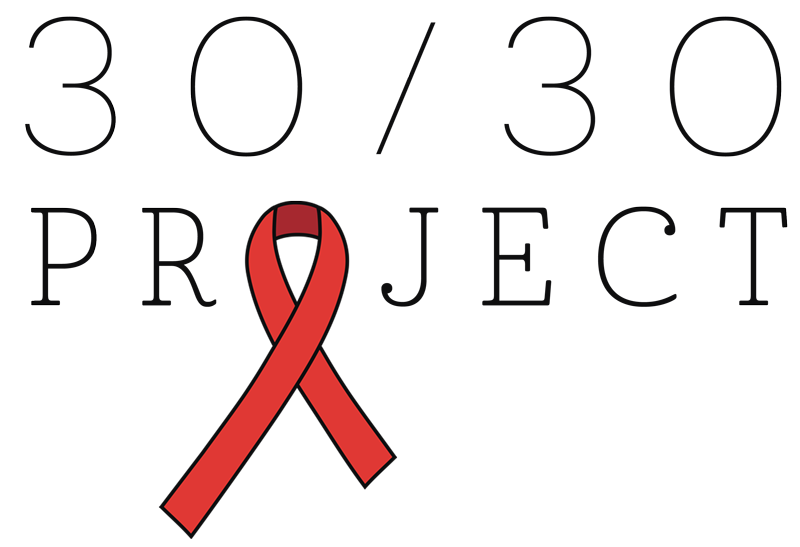Maternal Transmission of HIV
Transmission of HIV from a pregnant mother to her child at any time during pregnancy, labor, delivery, or through breastfeeding is called mother-to-child transmission. Without any form of intervention, transmission rates are anywhere between 15 and 45 percent. However, by taking the proper steps to prevent transmission, this transmission rate can fall to less than five percent. This primarily includes the mother being on antiretroviral treatment as well as a short round of antiretroviral treatment for the baby.Mother-to-child-transmission continues to be an issue in areas that lack access to adequate care. Some expecting mothers are unaware of their statuses because they haven’t been tested, while others simply do not have access to treatment. Another factor that contributes greatly to mother-to-child transmission is the stigmatization of HIV. Some women with the disease opt to give birth at home in fear that their status will be disclosed. Our partners work hard to increase facility-based births, in turn reducing both maternal and child mortality as well as the risk of mother-to-child transmission. Through our partner Integrate Health’s (formerly Hope Through Health) HIV prevention program, 99% of babies are born HIV-free at these facilities in the Kara region of Togo.
